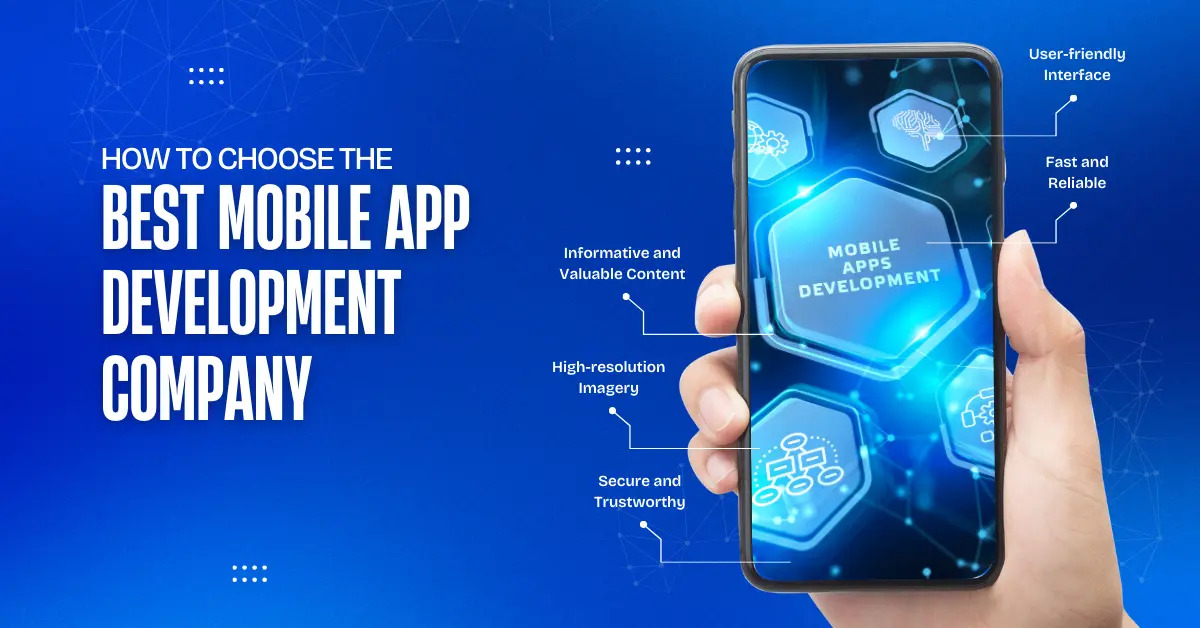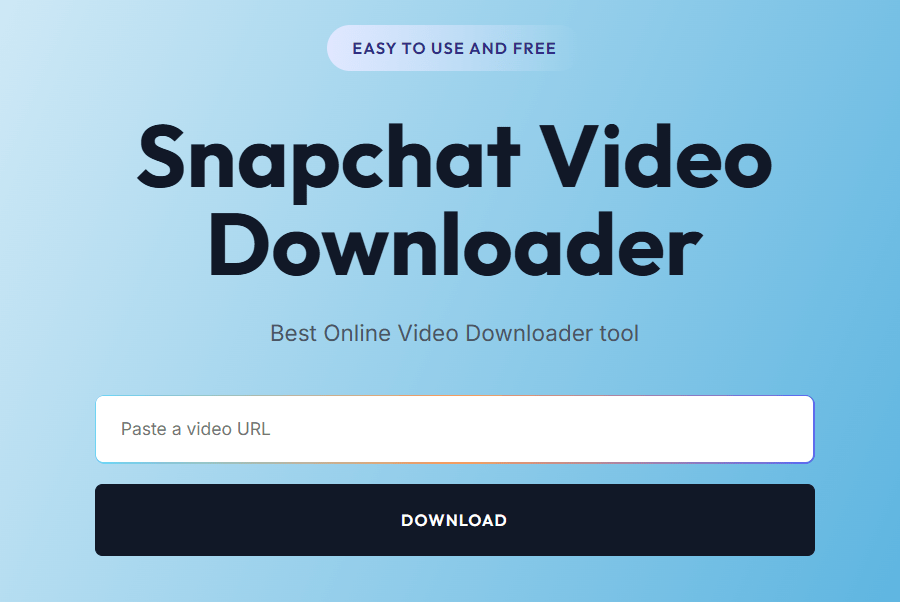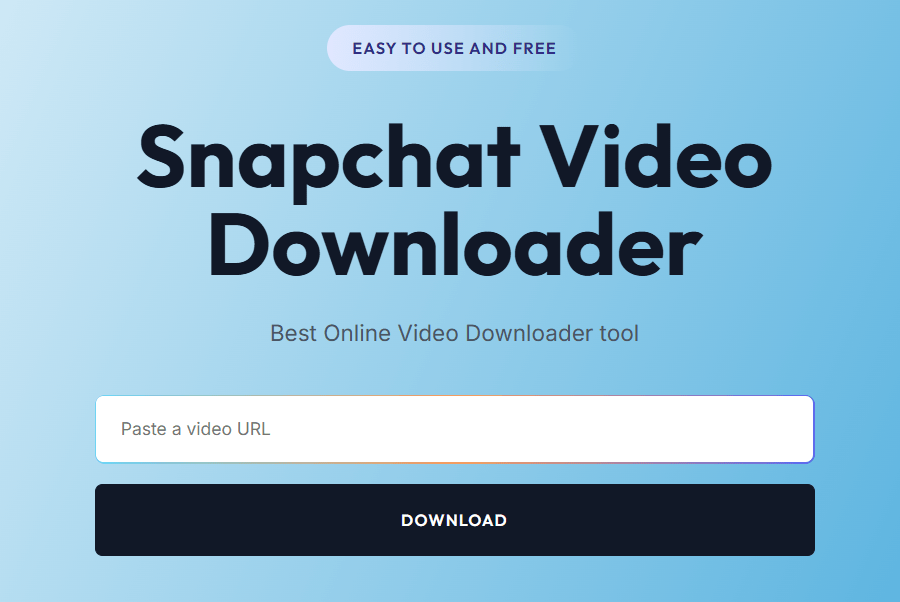Step-by-Step Guide to Build a Bike Booking App in 2025

Strong 8k brings an ultra-HD IPTV experience to your living room and your pocket.
The bike booking industry is rapidly gaining traction worldwide as consumers increasingly look for cost-effective, convenient, and eco-friendly transportation solutions. With rising urban traffic and a growing focus on sustainable mobility, bike-sharing and bike taxi platforms have become practical alternatives. According to Statista, the global bike-sharing market is projected to generate approximately US$9.22 billion in revenue by 2024, with an expected annual growth rate of 8.72% from 2024 to 2028. This upward trend presents a promising opportunity for entrepreneurs interested in entering the online bike booking space.
Launching a bike booking app allows businesses to leverage this growing demand by offering a smooth, efficient connection between riders and drivers, while delivering a user-friendly experience. This guide outlines the complete process of developing a bike booking application—covering essential areas such as market analysis, business and revenue models, and various development approaches.
Top Bike Booking Apps
Several leading companies have already captured a substantial share of the bike booking market. If you’re looking to build a bike booking app, analyzing these top players can offer valuable insights:
- Uber: Uber is primarily known for its ride-hailing services, but it has also ventured into the bike-sharing market with Uber JUMP. The service allows users to rent electric bikes and scooters for short trips, seamlessly integrated into the Uber app for a multi-modal transportation experience.
- Lime: Lime has become one of the most popular names in shared mobility, offering electric bikes, scooters, and mopeds in cities around the world. The app enables users to locate, unlock, and ride bikes, providing an efficient and eco-friendly alternative for urban commuters.
- Lyft: Like Uber, Lyft is a major player in the ride-hailing market and has also expanded into bike-sharing with its Lyft Bikes & Scooters program. Through its app, users can access electric bikes and scooters, offering a convenient transportation option for short trips in urban areas.
- Bikxie: Bikxie is a bike booking app operating primarily in India, providing an affordable, eco-friendly transportation option for commuters. The platform allows users to book bikes for short-distance travel, catering to the growing demand for sustainable urban mobility solutions.
- Bird: Bird is a leading electric scooter and bike-sharing company that focuses on providing sustainable mobility solutions in cities worldwide. The Bird app allows users to rent electric bikes and scooters on-demand, promoting greener transportation and reducing traffic congestion in urban areas.
Steps to Build a Bike Booking App
To build a bike booking app, a structured and strategic approach is essential. From conducting thorough market research to the actual development and launch, each phase must be thoughtfully planned and implemented. Below are the key steps you need to follow to successfully build a bike booking app.
1. Conduct Market Research: Before you dive into bike booking app development, it is essential to conduct thorough market research. This will help you understand your target audience, analyze competitors, and identify the demand for bike-sharing services in different regions.
Key areas to focus on during market research:
- User Preferences: Understand the needs of your potential users. Are they looking for affordable short-distance rides, eco-friendly travel options, or convenience?
- Competitor Analysis: Research existing players like Uber, Lyft, and Lime to identify gaps in the market that you can address with your app. Look at their strengths, weaknesses, and customer feedback to find areas where you can differentiate yourself.
- Geographical Demand: Research the cities and regions where bike-sharing services are in high demand. Urban centers with heavy traffic and pollution are ideal markets for your bike booking app.
2. Business Model: How the Platform Works: Once you have a clear understanding of the market, it's time to define your business model. A bike booking app typically has three main stakeholders: the riders, drivers (bike owners or fleet operators), and the admin panel.
- Riders: Users who book bikes via the app for short-distance travel. They can choose from available bikes, set their destinations, and pay through integrated payment systems.
- Drivers: Bike owners or operators who offer their bikes for hire. They receive ride requests and get paid based on the time and distance covered by riders.
- Admin Panel: The central control panel where the app administrators manage operations. It includes functions such as rider and driver management, pricing control, payment monitoring, and analytics.
3. Revenue Model: The next step is to decide on your revenue model. Here are some common ways to generate revenue in the bike booking app industry:
- Pay-per-Ride: Charge customers based on the time or distance of their ride. This is the most common model for bike-sharing services.
- Subscription Model: Offer weekly or monthly subscription plans that allow users to access bikes for a fixed price.
- Commission-based Model: Charge a commission on each ride completed via the platform.
- Surge Pricing: Implement dynamic pricing during high-demand periods.
4. Development Approach: Custom vs. Ready-Made Software
When it comes to app development, you have two main choices: building a custom app from scratch or using ready-made software solutions. Let’s look at both options:
- Custom Development: Custom-built apps allow you to tailor every aspect of the bike booking app, from features to design, making it unique to your business. However, this route is time-consuming and can be expensive.
- Ready-Made Software: On the other hand, ready-made software like VivoCabs can help you launch a bike booking app quickly and at a lower cost. Using a pre-built solution allows you to save time and focus on branding, marketing, and scaling your business. You can also customize the app to suit your needs, with features like GPS tracking, payment gateway integration, and rider-driver interaction.
6. Testing and Quality Assurance: Before launching your bike booking app, conduct thorough testing to ensure that all features function smoothly. Beta testing with a small group of users can help identify bugs and gather feedback on the user experience.
7. Launch Your Bike Booking App: Once your app is ready and tested, it’s time to launch. Use a targeted marketing campaign to promote your online bike booking business, leveraging social media, online ads, and partnerships with local businesses.
Factors Affecting the Cost to Build a Bike Booking App
The cost of developing a bike booking app can vary based on several factors, ranging from design complexity to technology stack. Understanding these factors helps in better budgeting and planning.
- App Features and Functionalities: The more features you include—such as real-time GPS tracking, multiple payment options, user profiles, and booking history—the higher the development complexity and cost. Each additional functionality requires design, coding, and testing, which extends the timeline.
- Platform Selection (iOS, Android, or Both): Developing an app for a single platform like iOS or Android is less expensive compared to creating apps for both simultaneously. Cross-platform development can save cost but might affect app performance and user experience.
- UI/UX Design Complexity: A simple, clean design with standard templates will reduce costs, while custom, highly interactive designs tailored to user experience require more time and skilled designers. Investing in good UI/UX can improve user retention but adds to the budget.
- Backend Development & API Integration: The backend powers the app’s logic and data management. Complex backend setups and integrations with third-party APIs like payment gateways, maps, or notification services increase both development time and expenses.
- Development Team Location: Development costs vary significantly depending on where your team is located. Hiring developers in countries with higher living costs, like the US or Western Europe, generally results in higher rates compared to teams in regions like India or Eastern Europe.
- Testing and Quality Assurance: Thorough testing is crucial to ensure the app functions smoothly across different devices and platforms. Comprehensive QA processes add to the timeline and cost but reduce post-launch issues.
Conclusion
Building a bike booking app in 2025 offers tremendous potential, especially as eco-friendly and shared mobility solutions continue to grow in popularity. By analyzing market trends, understanding how top platforms operate, and carefully planning your business and revenue models, you can lay a strong foundation for success.
Whether you opt for a custom-built solution or a ready-made clone script, the development approach should align with your budget, goals, and scalability needs. Keep in mind the key cost factors - from features and platform choices to design - to ensure efficient resource allocation.
Note: IndiBlogHub features both user-submitted and editorial content. We do not verify third-party contributions. Read our Disclaimer and Privacy Policyfor details.







